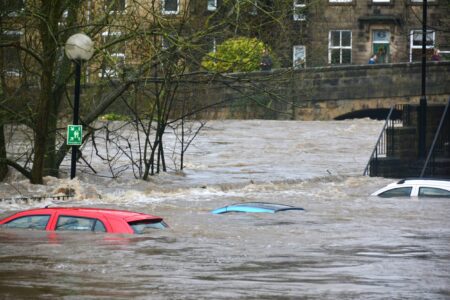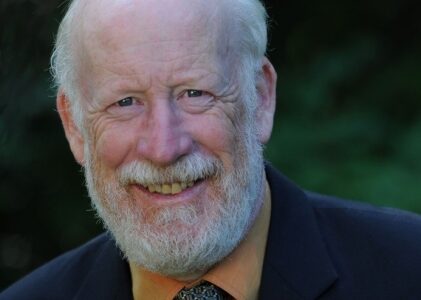From the Leg — Consider Going Electric
We have seen a lot in the media lately relating to the Climate Change targets for 2040 and the move to zero-emission vehicles. There are many “experts” that have been consulted about the realities of actually electrifying our transportation system in North America so I thought I would share one of those from the Manhattan Institute:
“Scientists have yet to discover and entrepreneurs have yet to invent, anything as remarkable as hydrocarbons in terms of the combination of low-cost, high-energy density, stability, safety and portability.” In practical terms that means spending $1 million on utility-scale wind turbines, or solar panels, will each, over 30 years of operation produce about 50 million kilowatt hours. An equivalent $1 million spent on a shale rig produces enough natural gas over 30 years to generate over 300 million kilowatt hours. Solar technologies have improved greatly and will continue to become cheaper and more efficient. But the huge gains in this technology have already reached 26% of the possible 34% of conversion that is possible. Wind power technology has also improved greatly, but here too, the maximum gains have nearly been reached. The annual output of Tesla’s Giga Factory, the world’s largest battery factory, could store three minutes worth of the annual U.S. electricity demand. It would require 1000 years of production to make enough batteries for two days worth of U.S. power demand with our current technologies. And 50-100 pounds of materials are mined, moved, and processed for every pound of battery produced. “
While electrifying the entire Province seems totally impossible given the current technologies, I still believe, as individuals, we can make changes to lesson our carbon footprint even in small ways, and if enough people make small changes it really does make a difference. For those of us who live in rural BC, public transportation is not readily available and will most likely never be as it is impractical unless in higher density populations, but there are hybrid vehicles that will enable travelling longer distances while lessening fuel consumption, so perhaps the next time you change vehicles consider a hybrid.
If you don’t travel more than just around your local community then an electric vehicle that you can plug in at night is a great option. And certainly there are more charging stations popping up around the country all the time. It is important for everyone to do what they can, when they can, to reduce our carbon footprint.
The NDP Government Bill that created the Community Benefits Agreements Legislation will continue to cause the costs of Public Projects to rise. BC Building Trades, that were on a select list of NDP supporters, have been awarded all Public Project contracts to supply workers. But, only 15 percent of BC’s 250,000 construction workers are affiliated with those selected traditional unions. The rest have moved onto more flexible models that give workers greater choice, career options and participation in profit sharing and bonus plans.
To justify this act of favouritism the Government cited the desperate need for more apprenticeship programs and training and that only these favoured unions could fill that role. The facts tell a different story. The favoured unions only train 15% of the apprentices in BC. The other 85% are trained by employee associations, progressive unions or those who work for construction companies not affiliated with the favoured unions.
The ITA (Industry Training Authority) stats show that 23,172 of BC’s 28,432 registered construction apprentices aren’t affiliated with a union. That is 81.5% of all construction apprentices are not sponsored by unions at all but are under the umbrella of Independent Contractors, Business Associations and open-shop companies-in other words – the free enterprise system.
And, some good news! Okanagan College in Penticton has been awarded a $1.75 million grant over the next five years from the Federal College- Community Innovation Fund. The grant will be used to establish and operate a technology access centre that is focused on BC wine, cider, craft beer, and spirits. The Centre (BCBTAC) will give medium and small businesses in these fields an opportunity to grow with the help of applied research and innovation through analytic and sensory services.
Congratulations to Okanagan College and its many partners in the Industry who worked on this successful grant proposal.
It is summer holiday time for some, and unfortunately tragedy can strike anytime, anywhere. Our deepest sympathy to those affected by the boat accident on Osoyoos Lake. Please take extra care on our lakes and on the roads as the number of visitors increases dramatically over the summer in the beautiful Okanagan-Similkameen and Boundary country.
Finally, to report a wildfire or irresponsible behaviour that could start a wildfire in British Columbia, please call 1 800 663-5555 or (*5555 from a cell phone) as soon as possible.
Linda Larson was elected to the Legislative Assembly of British Columbia in the 2013 provincial election. She represents the electoral district of Boundary-Similkameen as a member of the BC Liberal Party.























